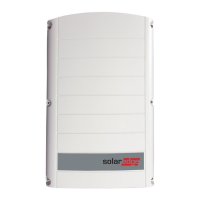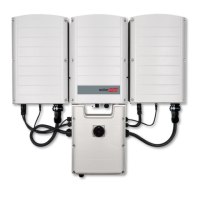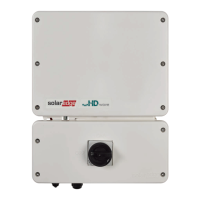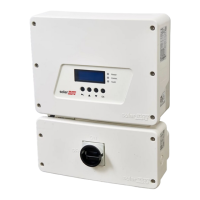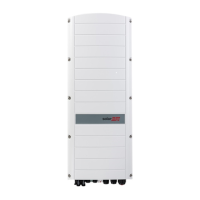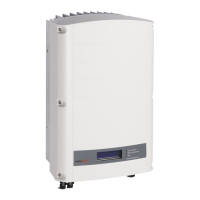Why SolarEdge Inverter has no Internet connection?
- FFrank HowardAug 14, 2025
If your SolarEdge Inverter has no internet connection, it may be due to a failed ping to google.com. Connect a laptop to the network to check for internet connectivity. If there is no internet access, contact your IT administrator or internet provider. If you are using Wi-Fi, make sure the username and password match those defined in your internet provider's access point or router.
